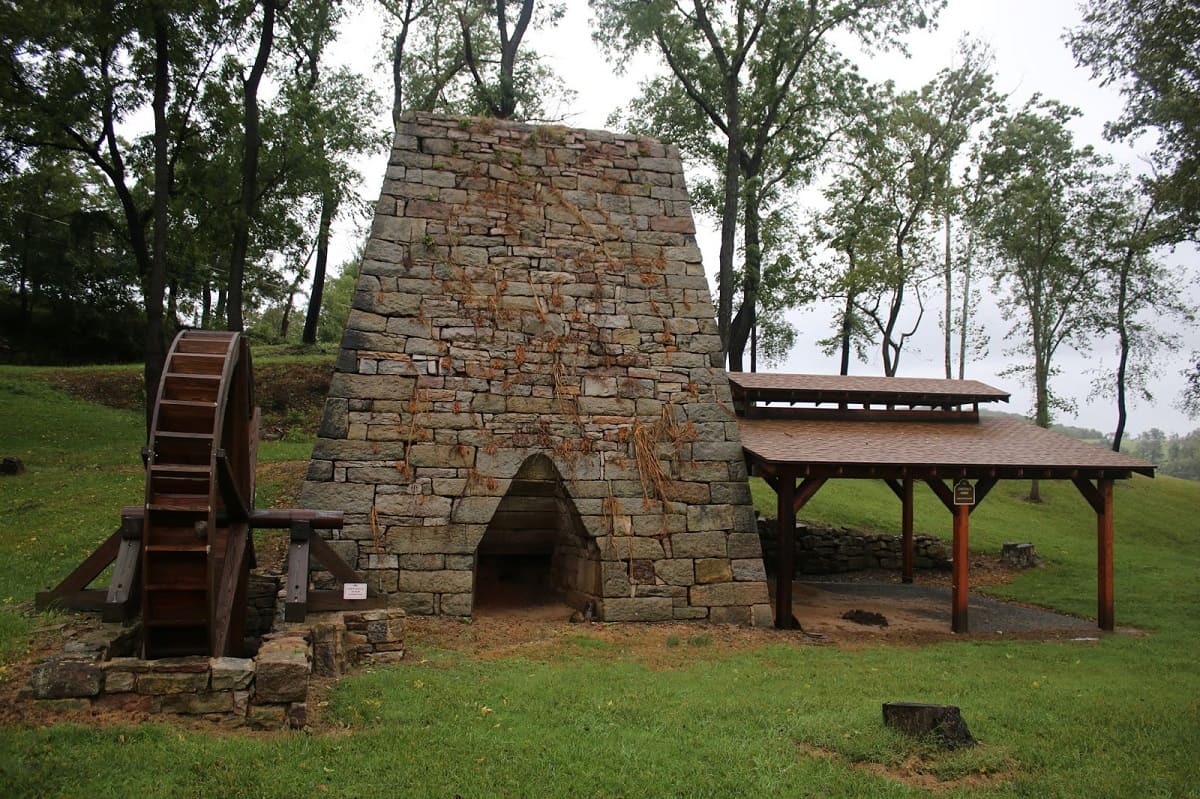Shadows Of The Smokestacks: Hidden Iron Furnaces In Pennsylvania

Have you ever wondered about the hidden history tucked away in Pennsylvania's forests? Iron furnaces once dotted the landscape, powering the industrial age. Today, these relics stand as silent witnesses to a bygone era. Exploring these iron furnaces offers a unique glimpse into the past, where you can almost hear the clanging of metal and feel the heat of the forges. From the towering stacks of Cornwall to the lesser-known sites like Hopewell, each furnace has its own story. Ready to step back in time and uncover the secrets of Pennsylvania’s iron furnaces? Let’s dive into this fascinating journey.
Shadows of the Smokestacks: Hidden Iron Furnaces in Pennsylvania
Pennsylvania's rich history is deeply intertwined with the iron industry. Scattered across the state, these hidden iron furnaces once powered the Industrial Revolution. Today, they stand as silent witnesses to a bygone era, waiting to be explored. Let's uncover some of these fascinating relics.
Forgotten Giants of the Past
These iron furnaces, often overshadowed by more famous historical sites, offer a unique glimpse into the past. Each one tells a story of hard work, innovation, and community.
Cornwall Iron Furnace
Located in Lebanon County, Cornwall Iron Furnace is one of the best-preserved iron furnaces in the country. It operated from 1742 to 1883, producing cannonballs during the Revolutionary War. Today, visitors can tour the furnace and learn about its history through interactive exhibits.Hopewell Furnace
Nestled within French Creek State Park, Hopewell Furnace operated from 1771 to 1883. This site offers a living history experience, with costumed interpreters demonstrating 19th-century iron-making techniques. The surrounding parkland provides ample opportunities for hiking and picnicking.Greenwood Furnace
Situated in Greenwood Furnace State Park, this iron furnace was active from 1834 to 1904. The park features a museum dedicated to the furnace's history, as well as hiking trails, a lake, and camping facilities. It's a perfect spot for a weekend getaway.
Hidden Gems in the Forest
Some of these iron furnaces are tucked away in Pennsylvania's lush forests, offering a serene escape from the hustle and bustle of modern life.
Wharton Furnace
Located in Fayette County, Wharton Furnace was built in 1837 and operated until 1873. Surrounded by the beautiful Forbes State Forest, it provides a peaceful setting for exploring the remnants of the iron industry. The nearby Laurel Caverns offer additional adventure opportunities.Curtin Village and Eagle Ironworks
Found in Centre County, Curtin Village and Eagle Ironworks operated from 1810 to 1921. The site includes a restored ironmaster's mansion, workers' cottages, and the furnace itself. Guided tours provide insight into the lives of those who worked and lived there.Pine Grove Furnace
Nestled in Pine Grove Furnace State Park, this furnace operated from 1764 to 1895. The park offers a variety of recreational activities, including hiking, swimming, and camping. The Appalachian Trail Museum, located within the park, adds an extra layer of interest for history buffs.
Echoes of Industry in Urban Areas
Even in more developed regions, these iron furnaces stand as reminders of Pennsylvania's industrial heritage.
Scranton Iron Furnaces
Situated in the heart of Scranton, these furnaces were part of the Lackawanna Iron and Coal Company, which operated from 1840 to 1902. The site now serves as a historical landmark, hosting events and educational programs that highlight the city's industrial past.Bethlehem Steel Stacks
While not an iron furnace, the Bethlehem Steel Stacks are a significant part of Pennsylvania's industrial history. Located in Bethlehem, this site was once one of the largest steel producers in the world. Today, it has been transformed into a cultural and arts center, offering concerts, festivals, and tours.Valley Furnace
Found in Huntingdon County, Valley Furnace operated from 1836 to 1886. Though less well-known, it played a crucial role in the local economy. The site is now part of a private property, but the remains can still be viewed from nearby roads.
Relics of Rural Pennsylvania
In the quieter corners of the state, these iron furnaces stand as testaments to the ingenuity and perseverance of early Pennsylvanians.
Codorus Furnace
Located in York County, Codorus Furnace was built in 1765 and produced iron until 1850. The furnace is situated along the Codorus Creek, providing a picturesque backdrop for exploring this historical site. Nearby trails offer additional opportunities for outdoor activities.Montour Iron Works
Situated in Danville, Montour Iron Works was a major producer of iron rails for the burgeoning railroad industry. The furnace operated from 1840 to 1938. While much of the site has been redeveloped, remnants of the furnace can still be found, offering a glimpse into the past.Sarah Furnace
Found in Clarion County, Sarah Furnace operated from 1845 to 1858. Though short-lived, it played a vital role in the local iron industry. The site is now part of a state game lands, providing a peaceful setting for exploration and wildlife observation.
Discovering Pennsylvania's Hidden Iron Furnaces
Pennsylvania's hidden iron furnaces offer a glimpse into the past. These relics tell stories of hard work, innovation, and community spirit. Exploring these sites, you can almost hear the clanging of metal and feel the heat of the furnaces. Each location has its own unique charm, from the overgrown ruins of Cornwall Iron Furnace to the well-preserved Hopewell Furnace. Visiting these places is like stepping back in time, providing a deeper appreciation for the state's industrial heritage. Whether you're a history buff or just looking for a unique adventure, these hidden gems are worth the trip. So next time you're in Pennsylvania, take a detour and explore the shadows of the smokestacks. You'll leave with a newfound respect for the iron industry and the people who powered it.

